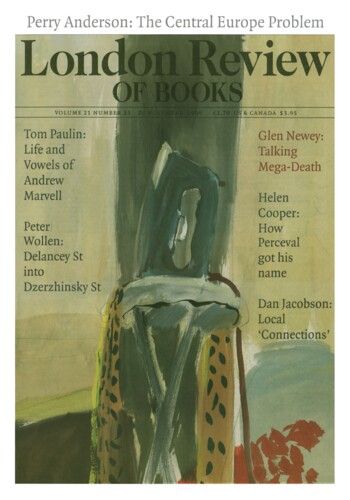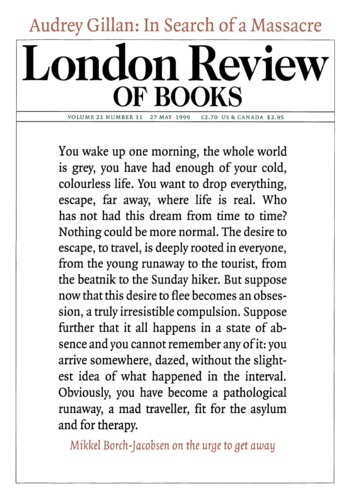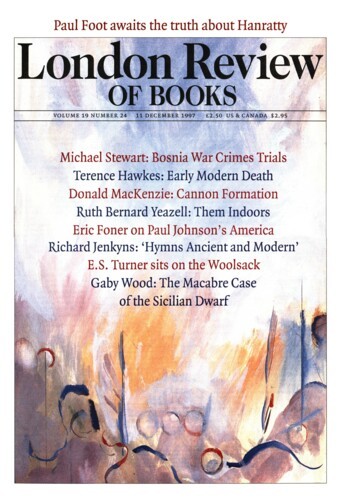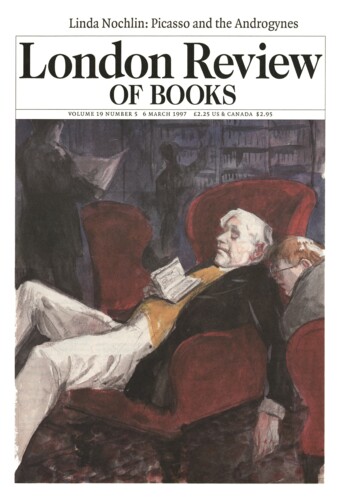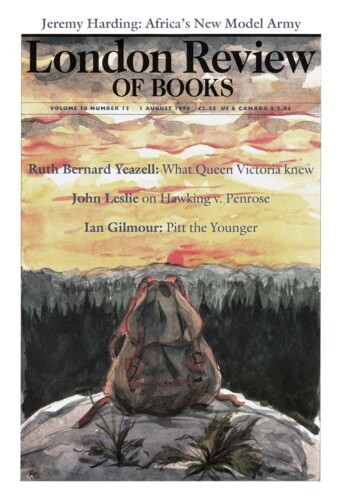‘I thirst for his blood’: Henry James
Ruth Bernard Yeazell, 25 November 1999
Henry James was a generous correspondent in more senses than one, but his fellow writers may have found some of the Master’s letters rather exasperating. ‘I read your current novel with pleasure,’ he wrote to William Dean Howells in 1880, ‘but I don’t think the subject fruitful, & I suspect that much of the public will agree with me.’ As a response to another novelist’s work, this is uncharacteristic only in its brevity – and in James’s youthful assurance that the public will be on his side. Even when he was most lavish with his praise (perhaps especially then), he could not resist tempering it with qualifications and advice. With a few rare exceptions – an ecstatic response to Conrad’s Mirror of the Sea among them – nearly all the correspondence with writers that Philip Horne includes in his admirable new edition conforms to the pattern. Experienced recipients of such letters must have learned to watch for that ‘but’ and to steel themselves accordingly.’‘
